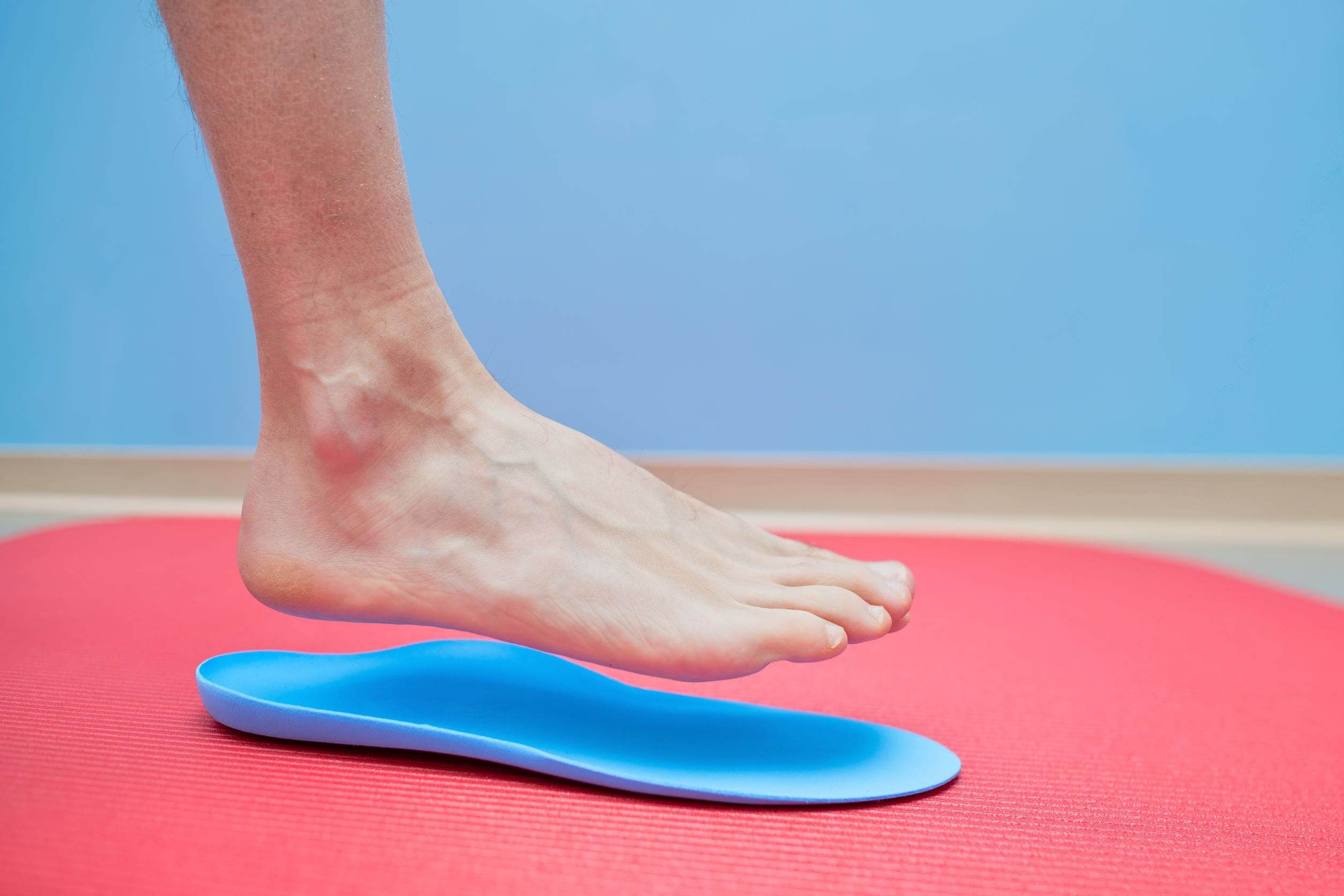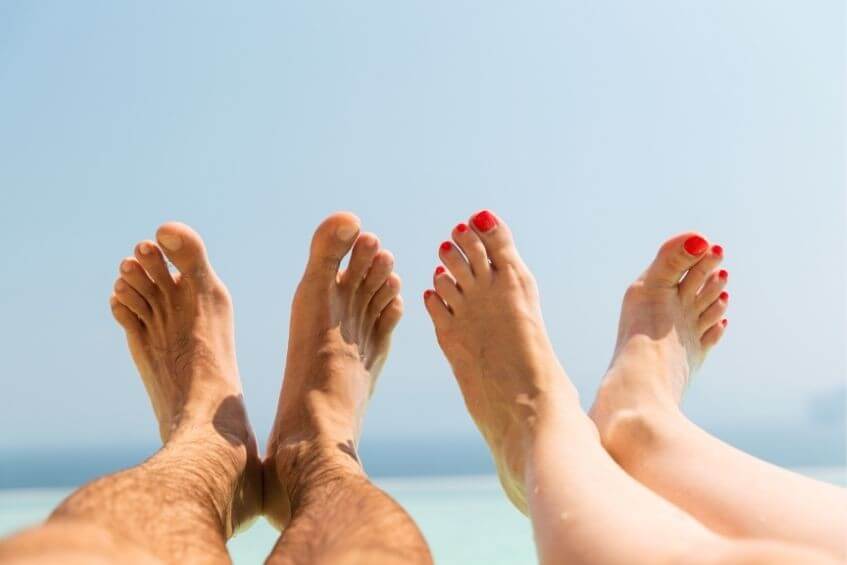
Jump to section
Osgood-Schlatter disease is a type of growing pain that causes knee pain in young children. Despite common misconceptions, growing pains are very treatable and do not have to be put up with.
Despite the name, Osgood-Schlatter disease is not actually a disease, but a growth-related condition that affects the growth plate located just below the kneecap. The growth plate is a vulnerable area to which the body adds new bone to grow our bones. As it's made from cartilage, it is softer than the surrounding bone. During periods of rapid growth, the stress placed on the growth plate can lead to inflammation, and pain. Adolescents who are actively engaged in sports or activities that involve repetitive jumping or running are particularly susceptible to growing pains due to the extra stress placed on their bones.
Osgood-Schlatter disease is thought to be caused by repetitive stress on the growth plate and patellar tendon during periods of fast growth - hence the nickname growing pains. It is this repeated stress, often occurring from the pull of the strong quadriceps muscles, that can result in inflammation and pain at the growth plate just below the knee. Having tight quads, as well as participating in certain sports that involve frequent jumping or running, can also contribute to the development of Osgood-Schlatters, hence why the condition is often associated with active children - though this is not always the case.
The hallmark symptom is pain and tenderness at a bony bump below the kneecap called the tibial tuberosity. Pain is typically exacerbated by activities that involve running, jumping, kneeling, and squatting. You may also experience some swelling, and notice that your symptoms ease off when you’re resting.
Our podiatrists confidently diagnose Osgood-Schlatter disease based on your child’s physical assessment with us, their medical history and their symptom history. We’ll look at the location of the pain your child is experiencing and the bones, muscles and tissues that are affected, as this helps us rule out other causes of knee pain. We’ll also look at your child’s gait, foot and leg biomechanics, muscle strength, tightness and flexibility, and the range of motion available in the joints of the lower limbs. While uncommon, if multiple causes of knee pain are suspected that have similar symptoms and presentations, we may recommend x-ray imaging to be able to visualise the growth plate and confirm the diagnosis.
At Home
At home, you can help relieve the symptoms of growing pains at the knees by having your child rest and take time off the sports and physical activities that are bringing on their symptoms - such as soccer. If your child is currently in pain, using ice for approximately 15 minutes at a time can help, as can taking non-steroidal anti-inflammatory medication if suitable, and keeping their feet well supported by good footwear while they’re out and about.
Podiatry Care
Treatment for Osgood-Schlatters focuses on reducing the stress and tension on the area of the growth plate, as this will reduce the symptoms and help prevent them from coming back in the future. At our Brisbane podiatry clinics, your child’s specific management plan is always tailored to their symptoms and the results of their comprehensive biomechanical examination. It will consider all of the causes of the pulling forces on the growth plate, as there are often multiple factors involved. Despite the pain being located just below the knee, even the position and alignment of the feet can have a significant impact on the severity of the symptoms. We may use:
While it’s not always possible to prevent Osgood-Schlatter disease, it helps to maintain good foot health and exercise principles, such as having your child know the importance of gradually increasing their activity levels and avoiding sudden spikes in intensity and output, which can help reduce the risk of overuse injuries to the feet and legs, as well as Osgood Schlatters. Incorporating proper warm-up and cool-down routines, maintaining flexibility through stretching, and ensuring your child is wearing good, supportive footwear can all contribute to prevention. If your child does complain of knee pain, booking them in with a podiatrist early can help address the condition before it worsens.
The good news is that growing pains are treatable, and will also naturally stop occurring (whether it be at the knees, heels, feet or elsewhere in the body) when your child reaches full maturity, as this is when the growth plates will ‘close’ and turn into solid bone.

Take the knee-to-wall test to find out! We also provide you with a number of stretches that will help improve your ankle mobility.

Not everyone needs orthotics, but they can play an integral role in treating or relieving pain in several foot and lower limb conditions.

The heat and humidity of an Australian summer makes it a prime time for issues to arise, so our newest podiatrist Lucy has put together
seven helpful tips to keep your feet healthy and problem free throughout summer.
| Monday | 7:40am - 6:00pm |
| Tuesday | 7:40am - 6:00pm |
| Wednesday | 7:40am - 6:00pm |
| Thursday |
7:40am - 6:00pm |
| Friday | TEMP CLOSED |
| Saturday | CLOSED |
| Sunday | CLOSED |
Ground Floor, 344 Queen Street,
Brisbane City QLD 4000
| Monday | 7:40am - 6:00pm |
| Tuesday | 7:40am - 6:00pm |
| Wednesday | 7:40am - 6:00pm |
| Thursday |
7:40am - 6:30pm |
| Friday | 7:40am - 5:00pm |
| Saturday | 7:40am - 4:30pm |
| Sunday | CLOSED |
Newmarket Village, 114/400 Newmarket Rd, Newmarket QLD 4051